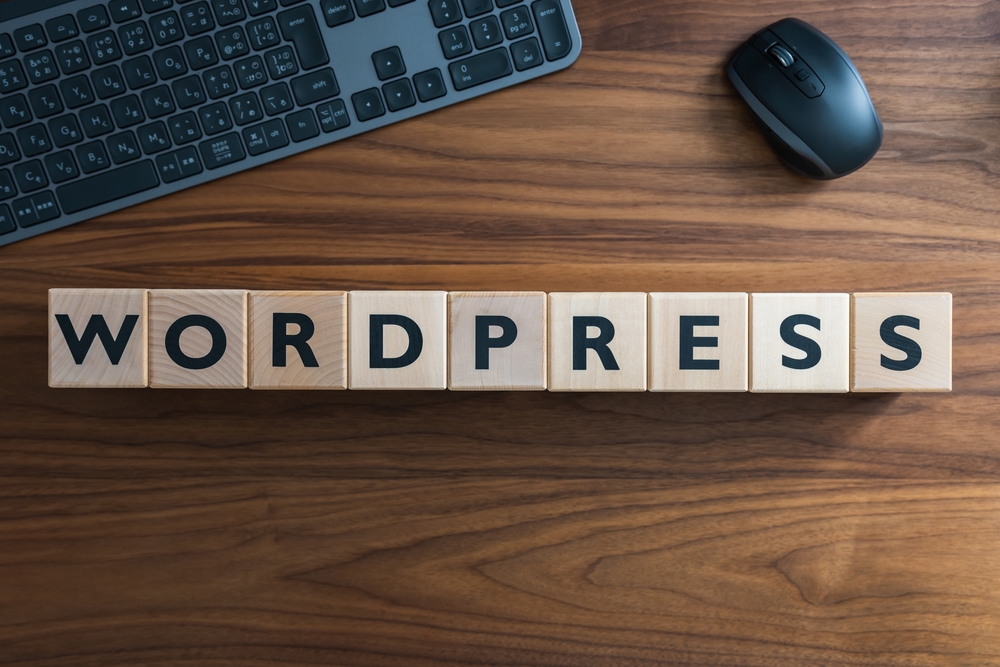
WordPress has become the go-to platform for millions of users around the world when it comes to building and maintaining a website. With its user-friendly interface, extensive plugin library, and flexibility, WordPress has revolutionized the way websites are created and managed. Whether you are a beginner or an experienced user, this article will provide you with essential tips and tricks for mastering WordPress (the platform for bloggers) customization and maintenance.
1. Choose the Right ThemeWhen it comes to customization, selecting the right theme is crucial. WordPress offers a wide range of themes, both free and premium, to suit different website types and purposes. Before settling on a theme, consider factors such as design, responsiveness, and plugin compatibility. Look for themes that are regularly updated by their developers to ensure they work well with the latest version of WordPress (the blogging platform) .
2. Customize Your Theme
Once you've chosen a theme, it's time to make it your own. WordPress (or WP) provides various customization options to tailor your website's appearance. Start by customizing the header and footer sections, as they are often the first things visitors notice. Consider adding a custom logo, changing the color scheme, or modifying the layout to match your brand's identity. Experiment with different combinations until you achieve the desired look and feel.
3. Utilize Plugins Wisely
WordPress (WP) 's plugin library offers a wealth of features and functionalities to enhance your website's performance. However, be careful not to overwhelm your site with unnecessary plugins. Install only the plugins that provide essential functionalities and periodically review and uninstall any unused ones. Too many plugins can slow down your site's loading speed and even cause conflicts between them. Additionally, keep your plugins updated to ensure compatibility and security.
4. Optimize for Speed
Website speed plays a crucial role in user experience and search engine rankings. Therefore, optimizing your WordPress website for speed is essential. Start by choosing a lightweight theme that minimizes the need for excessive resources. Additionally, use caching plugins to store static versions of your web pages, reducing the server load and improving loading times. Compressing images, minimizing CSS and JavaScript files, and utilizing a content delivery network (CDN) are also effective speed optimization techniques.
5. Ensure Security
Maintaining the security of your WordPress website is of utmost importance. Regularly update both your WordPress core software and installed plugins to patch any vulnerabilities. Implement a strong password policy for all user accounts, including administrators, and encourage regular password changes. Additionally, consider installing a security plugin to provide extra layers of protection, such as firewall and malware scanning. Backup your website regularly to protect against data loss in case of a security breach.
6. Improve SEO
Search engine optimization (SEO) is vital for increasing your website's visibility and driving organic traffic. WordPress offers a range of SEO plugins that simplify the optimization process. Look for plugins that provide features like XML sitemaps, meta tags customization, canonical URLs, and SEO-friendly URLs. Additionally, focus on creating high-quality content with relevant keywords and ensure your website has a user-friendly structure that search engines can easily navigate.
7. Monitor and Analyze
Regularly monitoring and analyzing your website's performance is crucial for effective maintenance. Utilize tools like Google Analytics to gain insights into metrics such as traffic sources, user behavior, and conversions. Monitor your site's loading speed and ensure it meets industry standards. Stay up to date with your website's uptime and regularly check for broken links or missing images. This proactive approach will help you identify and fix any issues before they impact your site's performance.
Frequently Asked Questions
Q1. Can I switch my WordPress theme after building my website?A1. Yes, you can switch your WordPress theme at any time. However, changing themes may affect your website's appearance and functionalities. It is recommended to thoroughly test a new theme before making it live to ensure compatibility with your existing content and plugins.
Q2. How often should I update my WordPress website?
A2. It is important to keep your WordPress installation, themes, and plugins up to date. Developers release updates to patch security vulnerabilities, fix bugs, and introduce new features. Aim to update your website at least once a month or as soon as updates become available.
Q3. What should I do if my WordPress website gets hacked?
A3. If your website gets hacked, take immediate action to minimize the damage. Change all passwords, including those for user accounts and your hosting provider. Restore a clean backup of your website if available, and scan your site using a security plugin to locate and remove malware. Consider seeking professional help if needed.
Q4. Can I use WordPress to create an e-commerce website?
A4. Yes, WordPress offers excellent e-commerce solutions through plugins like WooCommerce. With WooCommerce, you can set up a fully functional online store, manage inventory, process payments, and more. It provides a user-friendly interface and extensive customization options to suit your specific business needs.
Q5. How do I improve my WordPress website's accessibility?
A5. Accessibility is crucial to ensure all users, including those with disabilities, can access and navigate your website easily. Use themes that are accessible by design and comply with accessibility standards. Provide alternative text for images, use proper heading structure, and ensure color combinations meet contrast guidelines. Consider using accessibility plugins to assist in optimizing your website for all users.
In conclusion, mastering WordPress customization and maintenance is essential for creating a successful and efficient website. By choosing the right theme, customizing it to fit your brand, optimizing for speed and SEO, ensuring security, and regularly monitoring and analyzing your website's performance, you can take full advantage of WordPress's capabilities and provide an exceptional user experience.
Other useful resources
- https://www.wordpress24plus.com/wordpress-tools-directory/wordpress-themes/
- https://en.wikipedia.org/wiki/Blog
- https://www.wordpress24plus.com/topics/wordpress-tips-and-tricks/